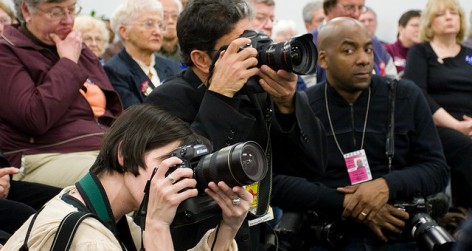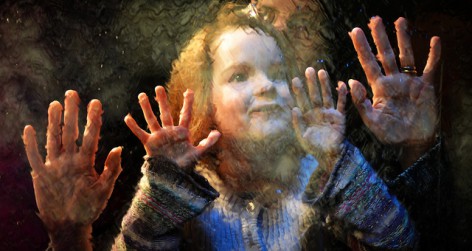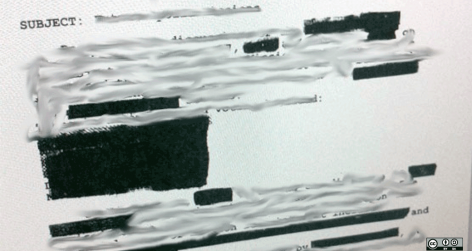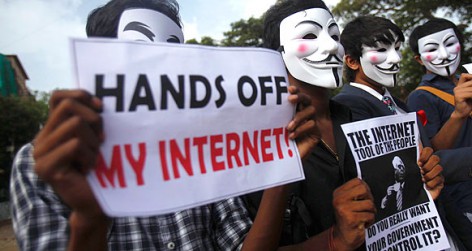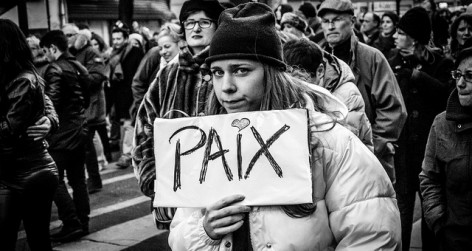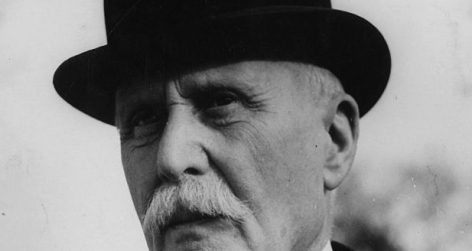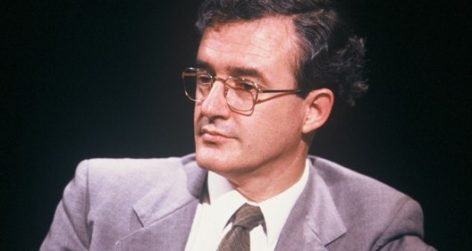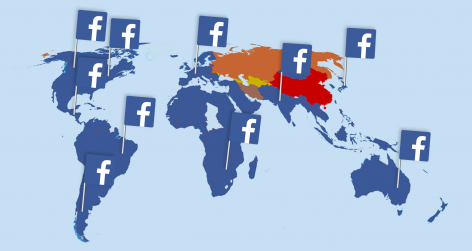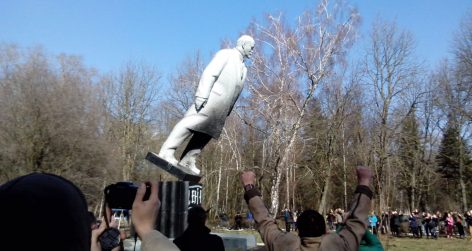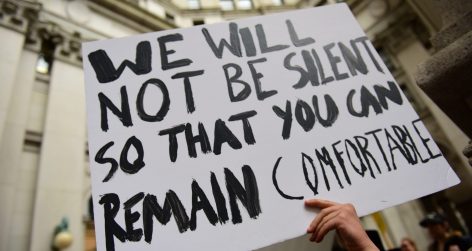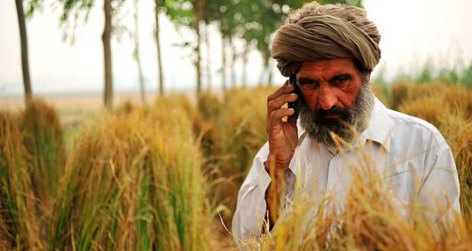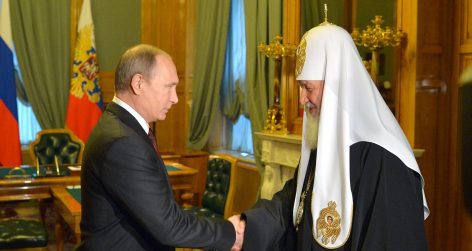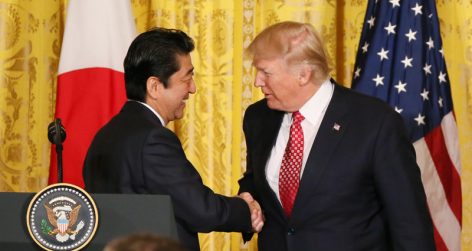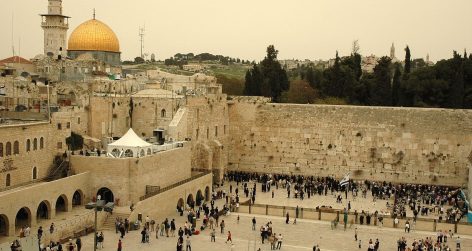Kerem Öktem describes the dramatic deterioration of Turkey’s media landscape after the attempted coup of July 2016.

Turkey’s coup attempt on 15 July 2016 came with real drama and real theatrics. Soldiers blocked roads and bridges, fighter jets flew over residential areas and attacked the parliament and the headquarters of the National Intelligence Agency. More than 200 civilians were killed. President Erdoğan, against whom the plotters ostensibly rebelled, narrowly escaped his arrest or worse. Using Facetime, he called on the “nation” to resist the military and overthrow the plotters. Thousands flocked to the squares to defend their leader, and they stayed on for weeks to rally for democracy. For a short moment, it appeared as if the genre of Wael Ghonim’s “Facebook revolutions” would be extended by a “Facetime revolution” against military dictatorship.
What exactly happened on 15 July 2016, however, remains firmly shrouded in mystery. Was it a coup attempt orchestrated by US-based Muslim cleric Fethullah Gülen? Was it contrived by a broader coalition of military and civilian actors disgruntled by President Erdogan’s increasingly erratic and authoritarian government? Or was it, as some claim, an autogolpe of Erdogan himself to assume the full range of powers, which the constitution denies him and which the electorate has failed to bestow upon him? We do not know the answers to these and many other questions.
We do know some things though: The coup attempt, and probably also the declaration of the state of emergency a few days later, was “a gift from God” for Erdogan. In the weeks that followed the coup attempt, tens of thousands of civil servants were purged. Most of them had almost certainly not been implied in the coup attempt. As scores of policemen, generals, judges, teachers and mayors were apprehended or suspended due to alleged proximity either to Gülen or to the pro-Kurdish movement, Turkey stumbled into a heightened state of confusion. The lines between cause and effect, TV sitcom and news, and between evidence and fantasy became blurred. Erdogan’s New Turkey could probably be best characterised by this sense of hyperreality, a state in which reality cannot be distinguished anymore from its simulation, and the simulation takes precedence over reality.
What we also know is that the media was subjected to an onslaught that was worse than anything experienced before in Turkey. The number of detained journalists exceeded several hundred. In addition to dozens of news outlets associated with the Gülen movement, several pro-Kurdish newspapers and websites were closed down at gunpoint. The editor in chief of the leading opposition newspaper Cumhuriyet and holder of the International Press Freedom Award, Can Dundar fled the country to avoid incarceration on trumped-up charges of terrorism. Pro-Kurdish TV stations critical of government policy were taken off air and confined to the internet.
Media users in Turkey were left with a very stunted choice. The media landscape can be boiled down to three camps: The pro-government media, which came to dominate the vast majority of TV channels and mainstream newspapers, the secular Cumhuriyet together with a few more critical socialist and social democrat newspapers and TV channels which faced constant harassment, and the pro-Kurdish media, much of which had been criminalised or forced to work from outside the country. The framing of current events in each of these three media communities was vastly different: The pro-government media were at the forefront of fabricating a narrative of myths and success stories supporting Erdogan on his march to total power. Standards in this media fell dramatically after 15 July 2016. Journalism was replaced with infotainment, whose main strategy is dictated by the “Palace”, i.e. by the advisors of President Erdogan.
The erratic twist and turns of Turkey’s domestic and foreign policy, the economic downturn and the growing spill-over of the Syrian War could not be explained away. They could, however, be woven into larger scenarios of conspiracies, power games and hate speech, embellished with dramatic music and enticing footage, and polished off with cuts from Turkish TV soaps. This technique turned bits of real information into a story that successfully obscured causal relations and seeks to obstruct viewers’ ability to ask questions. Reality became more than itself: it became hyperreality.
The internet may have given a slightly different image, at least at first sight. There were a variety of views and critical journalism, probably more than was available in the print media and on TV. Leading journalists, who lost their jobs due to government interventions and newspaper closures such as that of the left-liberal Radikal continued their work in independent news portals like Platform 24, T24 and Diken (The Thorn). Yet, as in the print market, which still encompassed a range of critical journals, satire magazines and news and opinion magazines with moderate print runs, these were high-quality outlets appealing to a more educated and better connected crowd or to minorities of all kinds. The readers of these websites tended to be critical of the AKP and the Erdogan government anyway. These publications rarely succeeded in reaching out beyond their core clientele.
Erdogan’s Facetime appearance notwithstanding, the new media thus seemed to have made little difference. As in the old media world of newspapers, TV and radio, the internet too was dominated by pro-AKP actors, who revolved around their palace-dictated home truths. Independent media and opposition outlets were marginalised, attacked by trolls and nasty columnists, and taken on by the judiciary. Above all, they almost exclusively reached only those who are not satisfied with the government in the first place.
This unequal fragmentation of the media landscape reflected the polarisation of the country among communities of worldview, ethnicity and religion. Even though there is still some variety and plurality of voices, they ceased to speak to each other. The shrillest voice was that of the government, which ruled supreme over state TV, private channels and newspapers and which sought to mute all nuances and differences. Together with the clampdowns and arrests after the attempted coup of July 2016, Turkey seemed to have lost what had remained of its patchy public sphere.
The decoupling of news from reality in the pro-government media was the key reason why many of the questions on the coup attempt, its actors and supporters, remain unexplained. More worryingly, the pro-government infotainment based on manipulations, half-truths and conspiracy theories led to a loss of reality in society, which the other two media communities -the opposition and the secular Kurds – could hardly correct, no matter how hard they tried, and how heroically some of their journalists sought to get to the bottom of allegations of abuse of power, torture and warfare in the Kurdish provinces. In the absence of the freedom of speech and with the effective suspension of the rule of law due to the state of emergency, hyperreality became the most pervasive characteristic of Turkey’s media landscape. It became the new normal in a “New Turkey”, which seemed to surpass the worst moments of its troubled recent history. Turkey’s ‘Facetime revolution’ against military dictatorship may one day be remembered as a key turning point in the country’s descent into more civilian forms of dictatorship.
Bio: Kerem Öktem is Professor for Southeast Europe and Modern Turkey at the University of Graz, Austria, and author of Angry Nation: Turkey Since 1989.
